Macox Plus Tablet 6's
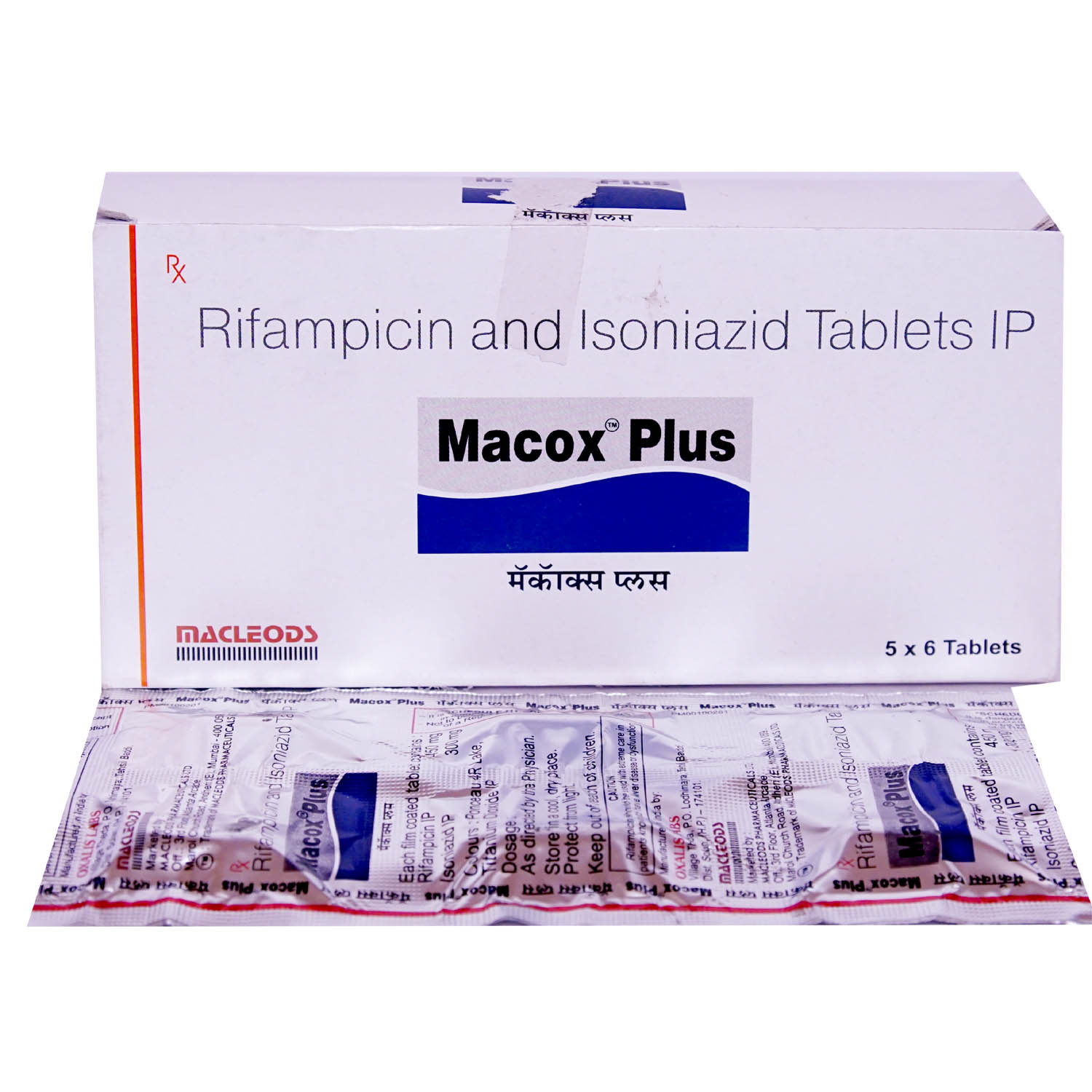
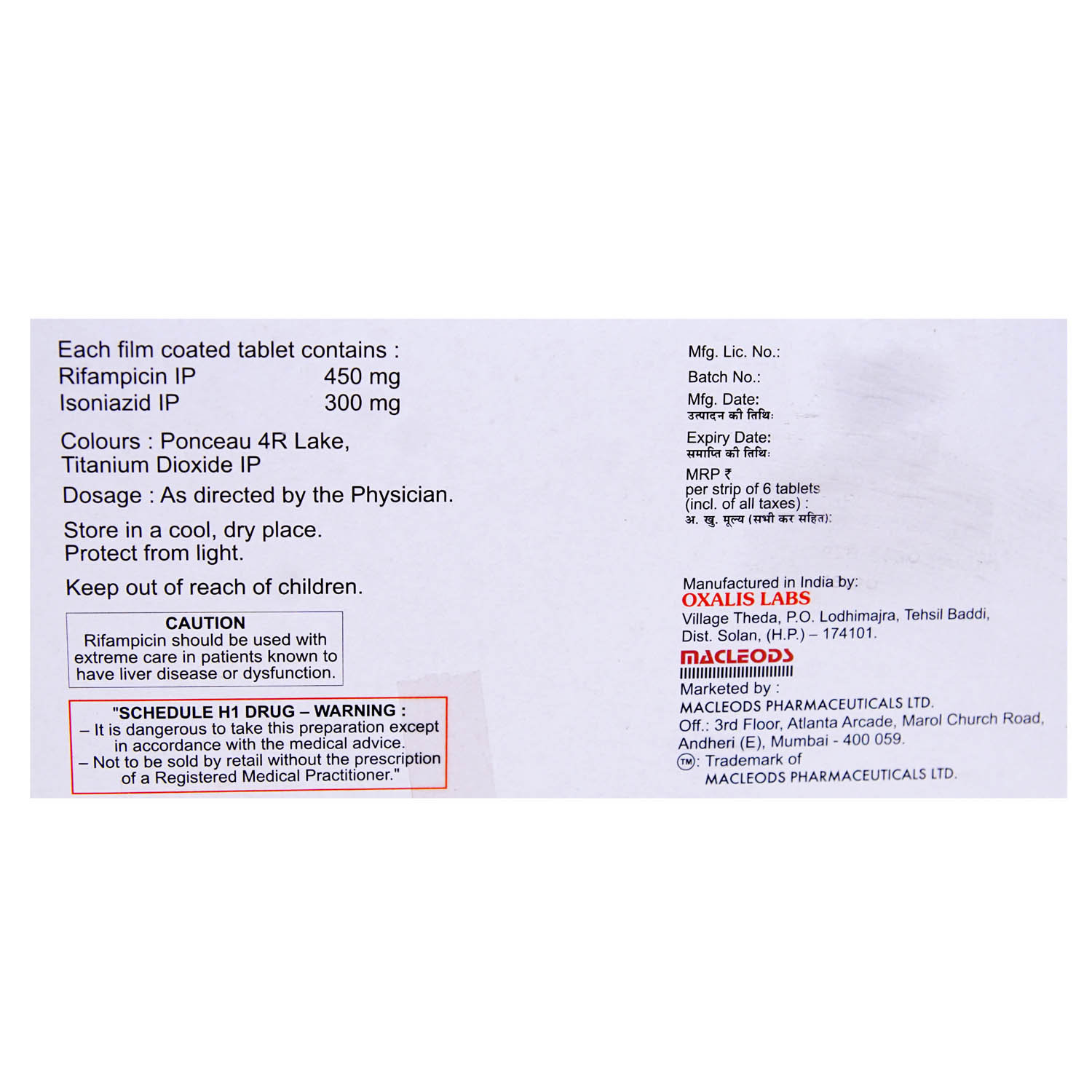
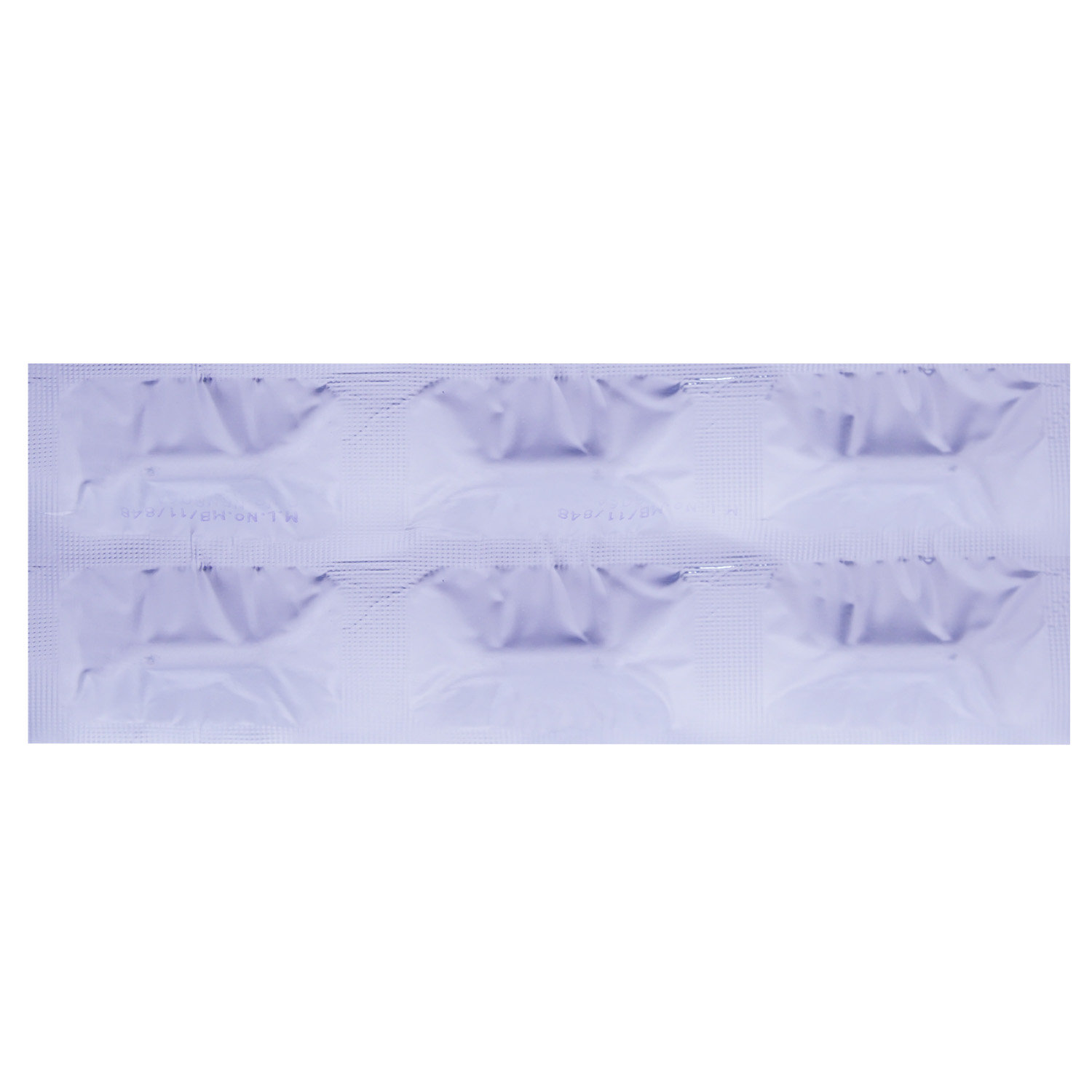



MRP ₹80.5
(Inclusive of all Taxes)
₹12.1 Cashback (15%)
Provide Delivery Location
Online payment accepted
 Prescription drug
Prescription drugWhats That
Composition :
Manufacturer/Marketer :
Consume Type :
Expires on or after :
Return Policy :
About Macox Plus Tablet
Macox Plus Tablet belongs to the group of medicines called anti-tuberculosis drugs primarily used to treat and prevent tuberculosis. Tuberculosis is an infectious disease that mainly affects the lungs, but it can also spread to other body parts such as the kidneys, brain, spine, and bone marrow.
Macox Plus Tablet is a combination of two anti-tuberculosis drugs, namely: Rifampicin, and Isoniazid. Rifampicin inhibits DNA-dependent RNA polymerase activity in the bacteria. Isoniazid inhibits the biosynthesis of mycolic acid, which is the major component of the cell wall. Together, Macox Plus Tablet kills Mycobacterium tuberculosis which causes TB (tuberculosis).
In some cases, you may experience certain common side-effects such as drowsiness, dizziness, headache, weakness, muscle pain, heartburn, diarrhoea, gas, and numbness or tingling sensation. Most of these side-effects do not require medical attention and will resolve gradually over time. However, you are advised to talk to your doctor if you experience these side-effects persistently.
Consult your doctor before taking Macox Plus Tablet if you are pregnant or planning for pregnancy. Avoid breastfeeding while taking Macox Plus Tablet as it passes into breast milk. Macox Plus Tablet may cause dizziness, and vision problems, so drive only if you are alert. Avoid alcohol consumption while taking Macox Plus Tablet as it could lead to increased drowsiness, dizziness and liver damage.
Uses of Macox Plus Tablet
Directions for Use
Key Benefits
Macox Plus Tablet is a combination of two anti-tuberculosis drugs, namely: Rifampicin, and Isoniazid. Rifampicin inhibits DNA-dependent RNA polymerase activity in the bacteria. Isoniazid inhibits the biosynthesis of mycolic acid, which is the major component of the cell wall. Together, Macox Plus Tablet kills Mycobacterium tuberculosis which causes TB (tuberculosis).
Storage
Drug Warnings
Do not take Macox Plus Tablet if you are allergic to any of its contents; if you have jaundice, or if you are taking HIV medicines (saquinavir or ritonavir). Before starting Macox Plus Tablet, please inform your doctor if you have diabetes, epilepsy, gout, mental health problems, HIV infection, malnutrition, peripheral neuropathy, porphyria, bleeding problems, kidney or liver problems. Consult your doctor before taking Macox Plus Tablet if you are pregnant or planning for pregnancy. Avoid breastfeeding while taking Macox Plus Tablet as it passes into breast milk. Macox Plus Tablet may cause dizziness, and drowsiness, so drive only if you are alert. Avoid alcohol consumption while taking Macox Plus Tablet as it could lead to increased drowsiness, dizziness and liver damage.
Drug-Drug Interactions
Drug-Drug Interactions
Login/Sign Up
Taking saquinavir with Macox Plus Tablet can increase the risk or severity of side effects.
How to manage the interaction:
Although there is an interaction between pyrazinamide and Macox Plus Tablet, they can be taken together if prescribed by a doctor. However, if you experience fever, stomach pain, less desire to eat, nausea, yellowing of the skin or eyes, or dark urine, contact your doctor immediately. Do not discontinue any medications without consulting a doctor.
When Indinavir is taken with Macox Plus Tablet, it can reduce the blood levels and effects of Indinavir.
How to manage the interaction:
Although there is an interaction between indinavir and Macox Plus Tablet, they can be taken together if prescribed by a doctor. However, if you experience any unusual symptoms, contact your doctor immediately. Do not discontinue any medications without consulting a doctor.
Taking pirfenidone with Macox Plus Tablet can reduce the levels and effects of pirfenidone
How to manage the interaction:
Although there is an interaction between pirfenidone and Macox Plus Tablet, they can be taken together if prescribed by a doctor. However, if you experience any unusual symptoms, contact a doctor immediately. Do not discontinue any medications without consulting a doctor.
Taking darunavir with Macox Plus Tablet can decrease the blood levels of darunavir, which may make the medication less effective.
How to manage the interaction:
Although there is an interaction between darunavir and Macox Plus Tablet, they can be taken together if prescribed by a doctor. However, if you experience any unusual symptoms, contact your doctor immediately. Do not discontinue any medications without consulting a doctor.
Taking Voriconazole with Macox Plus Tablet can increase blood level of Voriconazole.
How to manage the interaction:
Although there is an interaction between Voriconazole with Macox Plus Tablet, it can be taken if prescribed by a doctor. However, if you experience any unusual symptoms contact a doctor immediately. Do not discontinue any medications without consulting a doctor.
When ranolazine is taken with Macox Plus Tablet, it can reduce the blood levels and effects of ranolazine.
How to manage the interaction:
Although there is an interaction between ranolazine and Macox Plus Tablet, they can be taken together if prescribed by a doctor. However, if you experience any unusual symptoms, contact a doctor immediately. Do not discontinue any medications without consulting a doctor.
When Macox Plus Tablet is taken with Regorafenib, it can increase the levels of Regorafenib leading to side effects.
How to manage the interaction:
Taking Regorafenib with Macox Plus Tablet is not recommended, it taken can be taken if prescribed by the doctor.
When Lomitapide is taken with Macox Plus Tablet, Macox Plus Tablet may increase the blood levels of lomitapide which leads to side effects.
How to manage the interaction:
Taking Macox Plus Tablet with Lomitapide is not recommended but can be taken if prescribed by a doctor. However, if you experience fever, chills, joint pain or swelling, unusual bleeding or bruising, skin rash, itching, exhaustion, nausea, vomiting, dark urine, light stools, and skin or eye yellowing, decreased hunger, consult the doctor.
When Lovastatin is taken with Macox Plus Tablet, can increase the risk of myopathy (muscles problems), including rhabdomyolysis (a condition that causes your muscles to break down, which leads to muscle death).
How to manage the interaction:
Taking Macox Plus Tablet with Lovastatin is not recommended but can be taken if a doctor has prescribed it.
Taking bedaquiline with Macox Plus Tablet can decrease the blood levels of bedaquiline, which may make the medication less effective.
How to manage the interaction:
Although there is an interaction between bedaquiline and Macox Plus Tablet, they can be taken together if prescribed by a doctor. Do not discontinue any medications without consulting a doctor.
Drug-Food Interactions
Drug-Food Interactions
Login/Sign Up
Diet & Lifestyle Advise
- Pineapple juice might help soothe the symptoms of cough and cold. It also has anti-inflammatory and mucolytic properties.
- Foods rich in vitamin C such as kiwi, broccoli, and bell pepper helps in improving the immune system.
- Avoid processed and fried foods.
- Warm ginger tea or warm soup can help in providing relief from cough.
- Avoid foods and drinks containing histamine or tyramine such as cured meat, matured cheese, soya, tuna, salmon, mackerel, wine, and beer.
- Quit smoking and avoid alcohol consumption.
Side Effects of Macox Plus Tablet
- Drowsiness
- Dizziness
- Headache
- Weakness
- Muscle pain
- Heartburn
- Diarrhoea
- Gas
- Numbness
Habit Forming
Therapeutic Class
All Substitutes & Brand Comparisons
RX
Out of StockNot for online saleRINIZIDE FORTE DT TABLET
Lupin Ltd
₹62.5
(₹5.63 per unit)
53% CHEAPERRX
Out of StockNot for online saleMYCOCOX TABLET
Cadila Healthcare Ltd
₹76
(₹6.84 per unit)
43% CHEAPERRX
Not for online saleAkt-2 Tablet 10's
Lupin Ltd
₹129
(₹11.62 per unit)
3% CHEAPER
Product Substitutes
Author Details
We provide you with authentic, trustworthy and relevant information
Drug-Diseases Interactions
Drug-Diseases Interactions
Login/Sign Up
FAQs
Macox Plus Tablet is a combination of two anti-tuberculosis drugs, namely: Rifampicin, and Isoniazid. Rifampicin inhibits DNA-dependent RNA polymerase activity in the bacteria. Isoniazid inhibits the biosynthesis of mycolic acid, which is the major component of the cell wall. Together, Macox Plus Tablet kills Mycobacterium tuberculosis which causes TB (tuberculosis).
Do not stop taking Macox Plus Tablet despite symptomatic relief. To treat your condition effectually, continue taking Macox Plus Tablet for as long as it has been prescribed for you.
Do not take Macox Plus Tablet along with antacids as it might decrease the effectiveness of Macox Plus Tablet. Maintain a minimum gap of 1hour between both.
Consult your doctor before taking Macox Plus Tablet with other medicines. Medicines used to treat TB such as PAS (P-amino salicylic acid) and cycloserine should be taken 8hours apart from Macox Plus Tablet.
Macox Plus Tablet contains isoniazid which might interact with foods and drinks containing histamine or tyramine such as cured meat, matured cheese, soya, tuna, salmon, mackerel, wine, and beer. Avoid these foods while taking Macox Plus Tablet.
Macox Plus Tablet might decrease the effectiveness of oral contraceptives (birth control pills). This could lead to an unplanned pregnancy. Instead, use a reliable barrier method of contraception such as condoms or the coil while taking Macox Plus Tablet. Consult your doctor if you have any concerns regarding this; your doctor may suggest an alternate method of contraception.
Macox Plus Tablet may cause discolouration of teeth, sweat, urine, sputum (phlegm), saliva, or tears. The colour in tears may last for some time even after you stop taking Macox Plus Tablet. Do not worry as it is a common side-effect of Macox Plus Tablet.
Yes, Macox Plus Tablet might permanently stain soft contact lenses. Use spectacles and avoid wearing contact lens while taking Macox Plus Tablet.
Macox Plus Tablet may affect test results of some blood tests such as tests for folate, vitamin B12, and liver function. Inform the person doing the tests that you are taking Macox Plus Tablet.
Yes, Macox Plus Tablet may cause liver problems, especially in people who are 35 and older. Consult your doctor if you notice symptoms such as yellowing of eyes or skin, dark urine, pale stools, weakness, loss of appetite, nausea or vomiting. Your doctor may advise you to get regular liver tests while taking Macox Plus Tablet to check how your liver is functioning.
Drug-Drug Interactions Checker List
- SAQUINAVIR
- RITONAVIR
- ACETAMINOPHEN
- HYDROCODONE
- DULOXETINE
- BUPROPION
- DILTIAZEM
- ETHAMBUTOL
- PYRAZINAMIDE
- CHOLECALCIFEROL
- ERGOCALCIFEROL
Special Advise
- Macox Plus Tablet may affect test results of some blood tests such as tests for folate, vitamin B12, and liver function. Inform the person doing the tests that you are taking Macox Plus Tablet.
- Your doctor may advise you to get regular liver tests while taking Macox Plus Tablet to check how your liver is functioning.
Disease/Condition Glossary
Tuberculosis (TB): Tuberculosis is an infectious disease that affects the lungs, but it could also spread to other body parts such as kidneys, brain, spine, and bone marrow. Tuberculosis is caused by a bacteria named Mycobacterium tuberculosis. It is a contagious disease which can spread to others through small droplets released into the air by a person suffering from tuberculosis. Symptoms include a cough that lasts for a few weeks, pain while coughing or with normal breathing, unexplained fatigue, fever, night sweats, loss of appetite and weight. People who smoke or consume alcohol, people diagnosed with HIV, and immune system problems are more likely at risk of developing active TB.

Have a query?
Buy best Infections & Infestation products by
Cipla Ltd
Macleods Pharmaceuticals Ltd
Alkem Laboratories Ltd
Lupin Ltd
Abbott India Ltd
Sun Pharmaceutical Industries Ltd
Mankind Pharma Pvt Ltd
Micro Labs Ltd
Aristo Pharmaceuticals Pvt Ltd
FDC Ltd
Intas Pharmaceuticals Ltd
Glenmark Pharmaceuticals Ltd
Ipca Laboratories Ltd
Torrent Pharmaceuticals Ltd
Zydus Healthcare Ltd
Biochem Pharmaceutical Industries Ltd
Zuventus Healthcare Ltd
United Biotech Pvt Ltd
Hetero Drugs Ltd
Emcure Pharmaceuticals Ltd
Alembic Pharmaceuticals Ltd
Indoco Remedies Ltd
Fusion Health Care Pvt Ltd
Dr Reddy's Laboratories Ltd
Leeford Healthcare Ltd
Cadila Healthcare Ltd
Wockhardt Ltd
Zydus Cadila
GlaxoSmithKline Pharmaceuticals Ltd
Morepen Laboratories Ltd
Blue Cross Laboratories Pvt Ltd
Cadila Pharmaceuticals Ltd
Converge Biotech Pvt Ltd
Elder Pharmaceuticals Ltd
Hetero Healthcare Pvt Ltd
Pfizer Ltd
AAA Pharma Trade Pvt Ltd
Gufic Bioscience Ltd
Mylan Pharmaceuticals Pvt Ltd
Corona Remedies Pvt Ltd
Wallace Pharmaceuticals Pvt Ltd
Apex Laboratories Pvt Ltd
Medishri Healthcare Pvt Ltd
Akumentis Healthcare Ltd
Alniche Life Sciences Pvt Ltd
Hegde & Hegde Pharmaceutica Llp
Veritaz Healthcare Ltd
Ranbaxy Laboratories Ltd
Koye Pharmaceuticals Pvt Ltd
Shreya Life Sciences Pvt Ltd
Overseas Health Care Pvt Ltd
Biocon Ltd
Indchemie Health Specialities Pvt Ltd
Medley Pharmaceuticals Ltd
Brinton Pharmaceuticals Ltd
J B Chemicals & Pharmaceuticals Ltd
Unifaith Biotech Pvt Ltd
Ajanta Pharma Ltd
Biochemix Health Care Pvt Ltd
Natco Pharma Ltd
Samarth Life Sciences Pvt Ltd
Unichem International
Laborate Pharmaceuticals India Ltd
Unipark Biotech Pvt Ltd
Zymes Bioscience Pvt Ltd
Indiabulls Pharmaceuticals Pvt Ltd
Neon Laboratories Ltd
Vasu Organics Pvt Ltd
DR Johns Lab Pharma Pvt Ltd
East West Pharma India Pvt Ltd
La Renon Healthcare Pvt Ltd
Medgen Drugs And Laboratories Pvt Ltd
Novartis India Ltd
Canixa Life Sciences Pvt Ltd
Icarus Health Care Pvt Ltd
Lincoln Pharmaceuticals Ltd
Celon Laboratories Pvt Ltd
Concept Pharmaceuticals Ltd
Klm Laboratories Pvt Ltd
Nicholas Piramal India Ltd
Systopic Laboratories Pvt Ltd
Yuventis Pharmaceuticals
Capital Pharma
German Remedies Ltd
Pristine Pearl Pharma Pvt Ltd
Unison Pharmaceuticals Pvt Ltd
Aurz Pharmaceutical Pvt Ltd
Clover Health Care Pharma
Kepler Healthcare Pvt Ltd
Allites Life Sciences Pvt Ltd
Auspharma Pvt Ltd
Intra Life Pvt Ltd
Jolly Healthcare
Linux Laboratories Pvt Ltd
Ozone Pharmaceuticals Ltd
Cachet Pharmaceuticals Pvt Ltd
Comed Chemicals Ltd
Delcure Life Sciences Ltd
Fresenius Kabi India Pvt Ltd
Khandelwal Laboratories Pvt Ltd
Alcohol
Safe if prescribed
Avoid alcohol consumption while taking Macox Plus Tablet as it could lead to increased drowsiness, dizziness and liver damage.
Pregnancy
Consult your doctor
Please consult your doctor if you are pregnant, your doctor will prescribe Macox Plus Tablet only if the benefits outweigh the risks.
Breast Feeding
Consult your doctor
Macox Plus Tablet passes into breast milk. Do not breastfeed while taking Macox Plus Tablet.
Driving
Safe if prescribed
Macox Plus Tablet may cause dizziness, drowsiness, numbness and tingling sensation in hands and feet. Do not drive or operate machinery if you experience these symptoms.
Liver
Consult your doctor
Dose adjustment may be needed. Please consult your doctor before taking Macox Plus Tablet if you have liver impairment/liver disease.
Kidney
Consult your doctor
Dose adjustment may be needed. Please consult your doctor if you have any concerns regarding this or if you have kidney impairment/kidney disease before taking Macox Plus Tablet.
Children
Safe if prescribed
Please consult your doctor. Your doctor may suggest suitable dose and dosage form based on your child's age, body weight and medical condition. Kid tablets could be used in children if prescribed by the doctor.


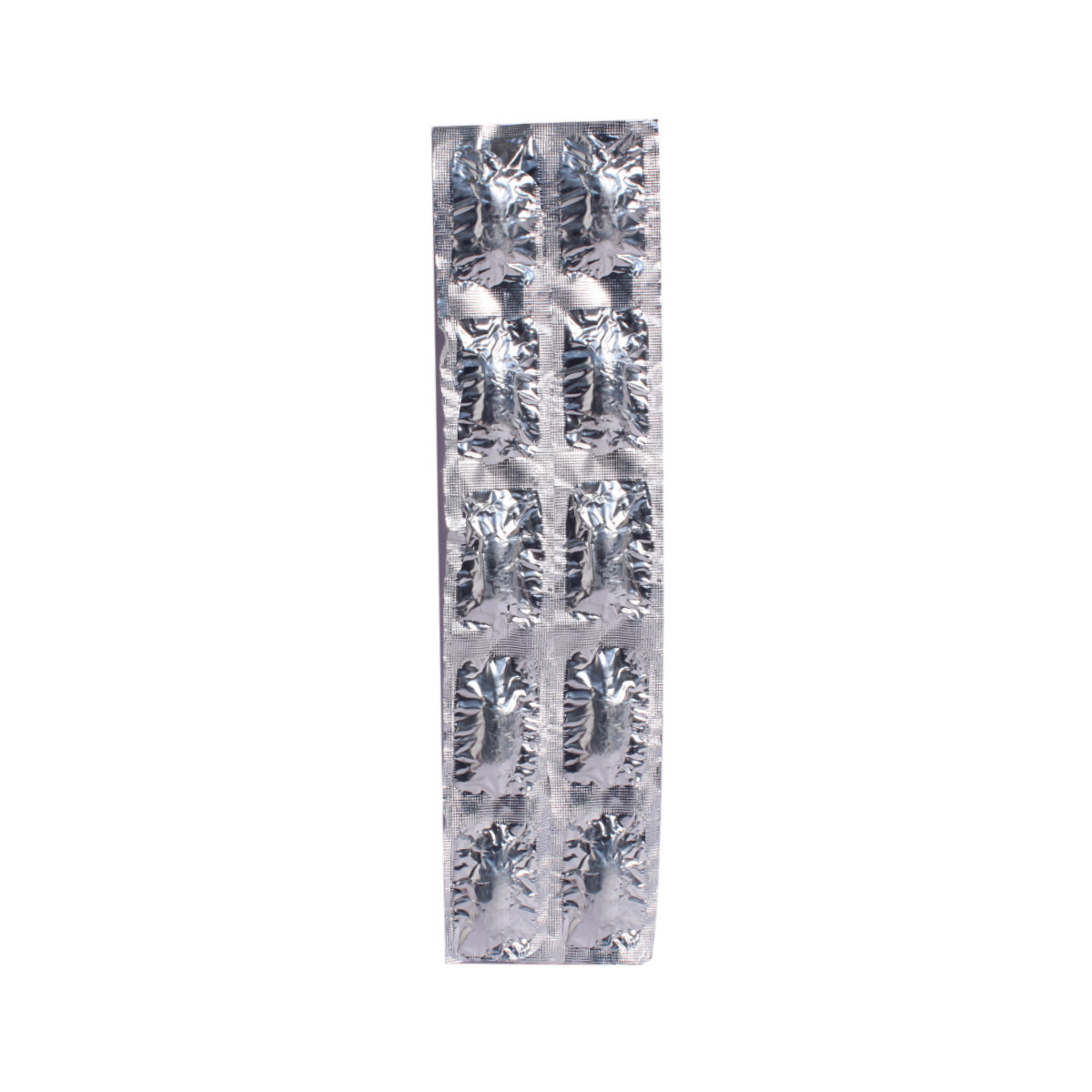

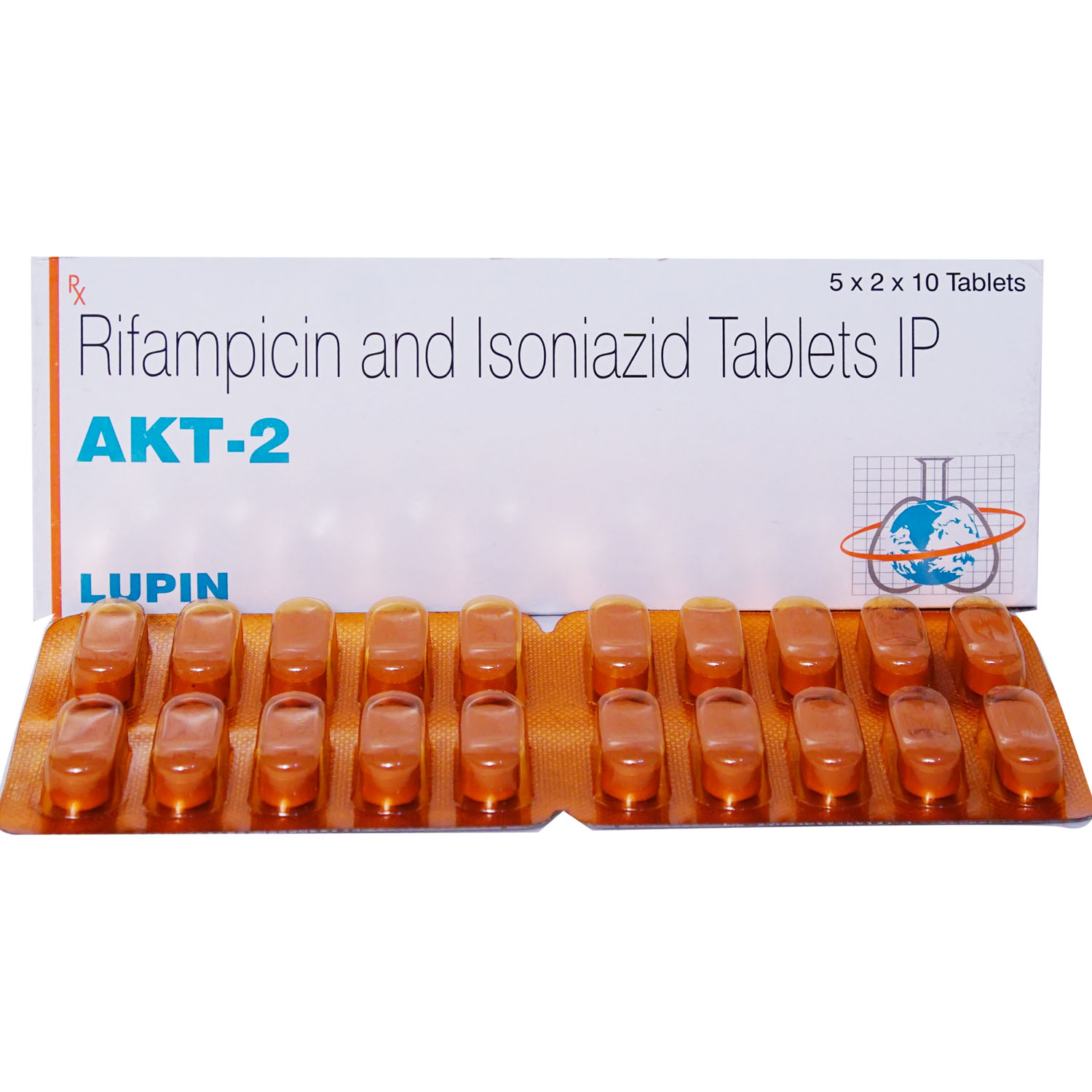

_0.jpg?tr=q-85)

